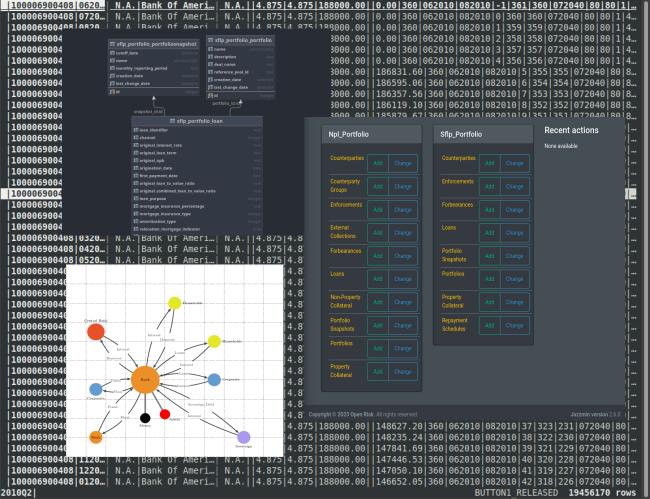Mathematical Representations of Credit Portfolio Data
What do we mean by credit data? This post is a discussion around mathematical terminology and concepts that are useful in the context of working with credit data, taking us from network graph representations of credit systems to commonly used reference data sets
Course Objective
Digging into the meaning of credit data collections, the logic that binds them together towards understanding what they can be used for and what limitations and issues they may be affected by, this new course in the Credit Portfolio Management category explores a new angle to look at an old practice.
The course is now live at the Academy.
Pre-requisites
Familiarity with credit provision in general (lending products, banking processes and credit risk) is required for getting the most out of the course. Affinity with mathematical notation and language is also important.
Summary of the Course
What we cover in this course.
- Step 1. Definition of Credit Data
- Step 2. Credit Data Classifications
- Step 3. From Graphs to Reference Data
- Step 4. Static Credit Data Snapshots
- Step 5. Dynamic (Performance) Credit Data
- Step 6. Scheduled versus Actual Cash Flows
Get Started with the Course

The course is available at the Academy.